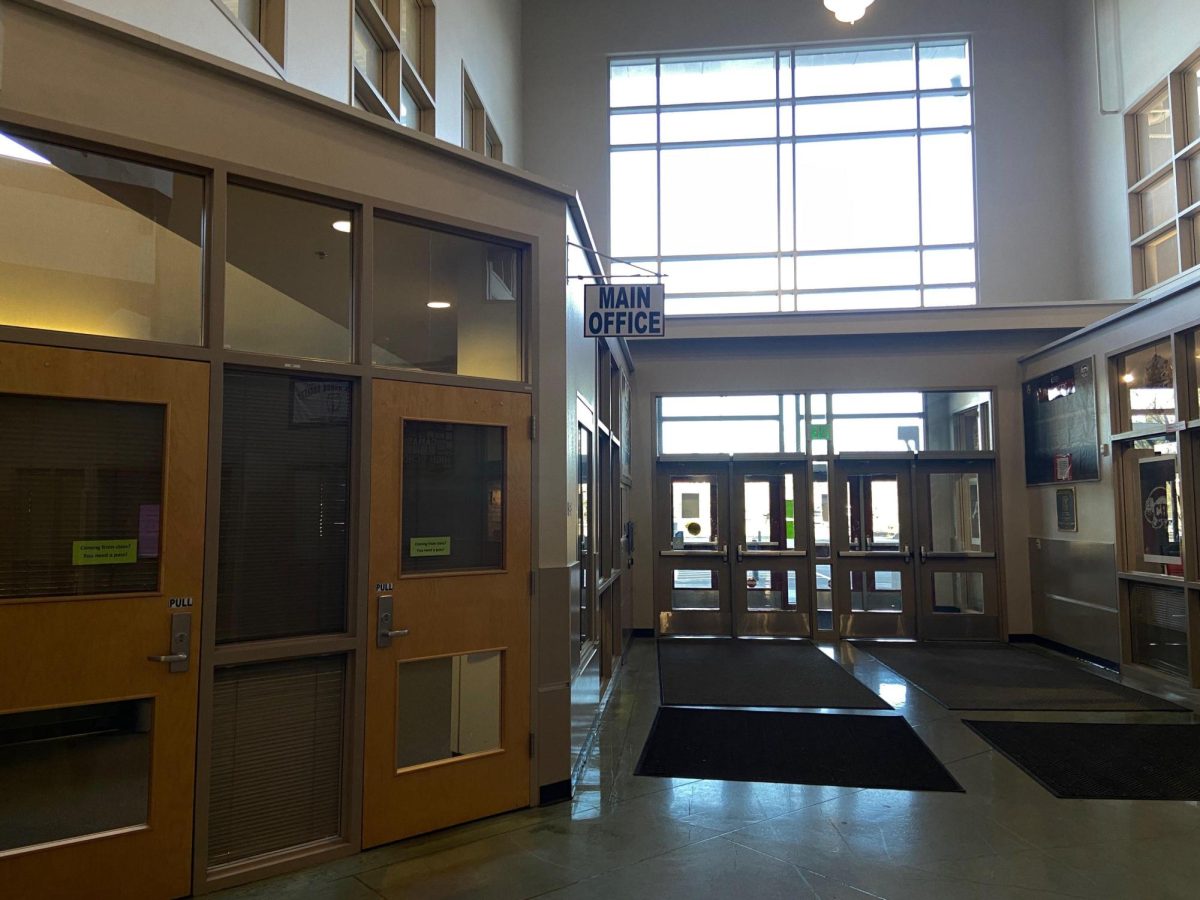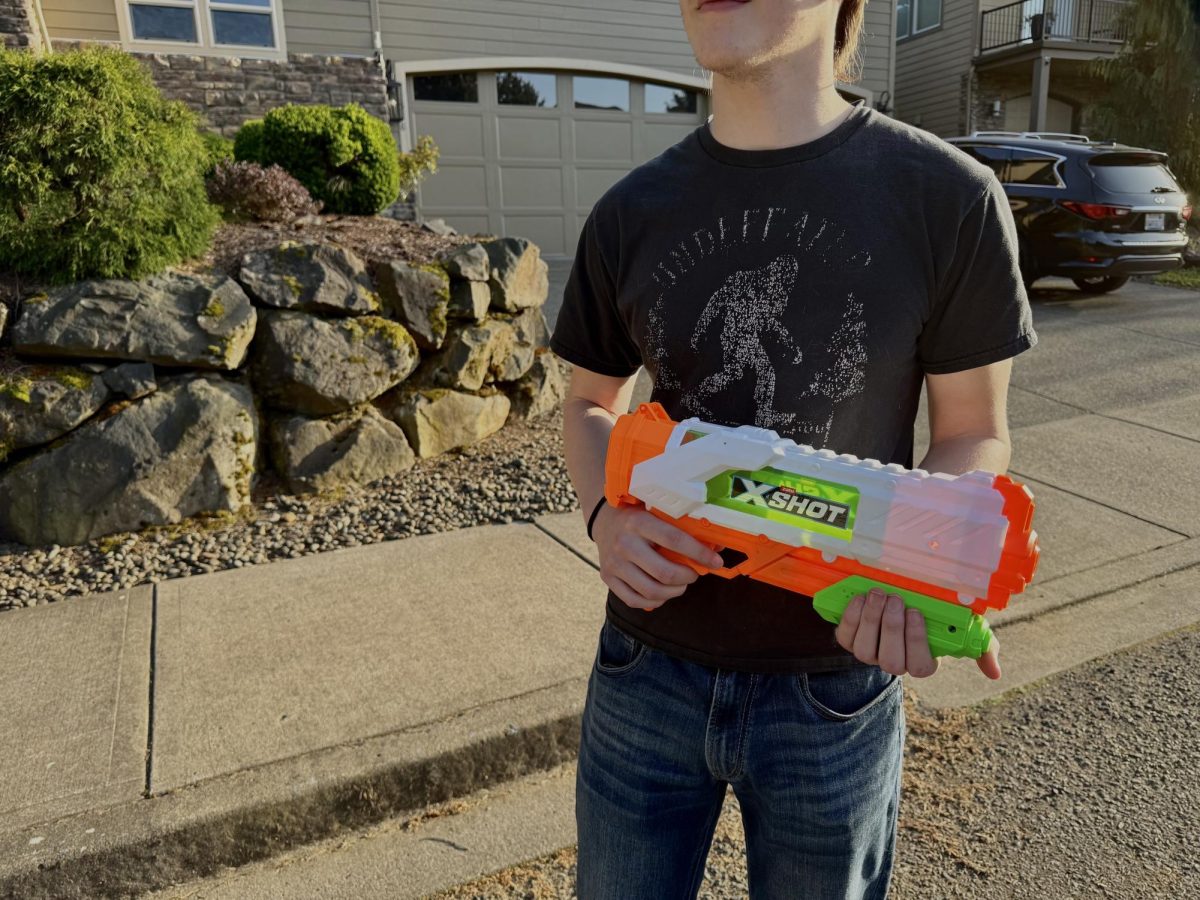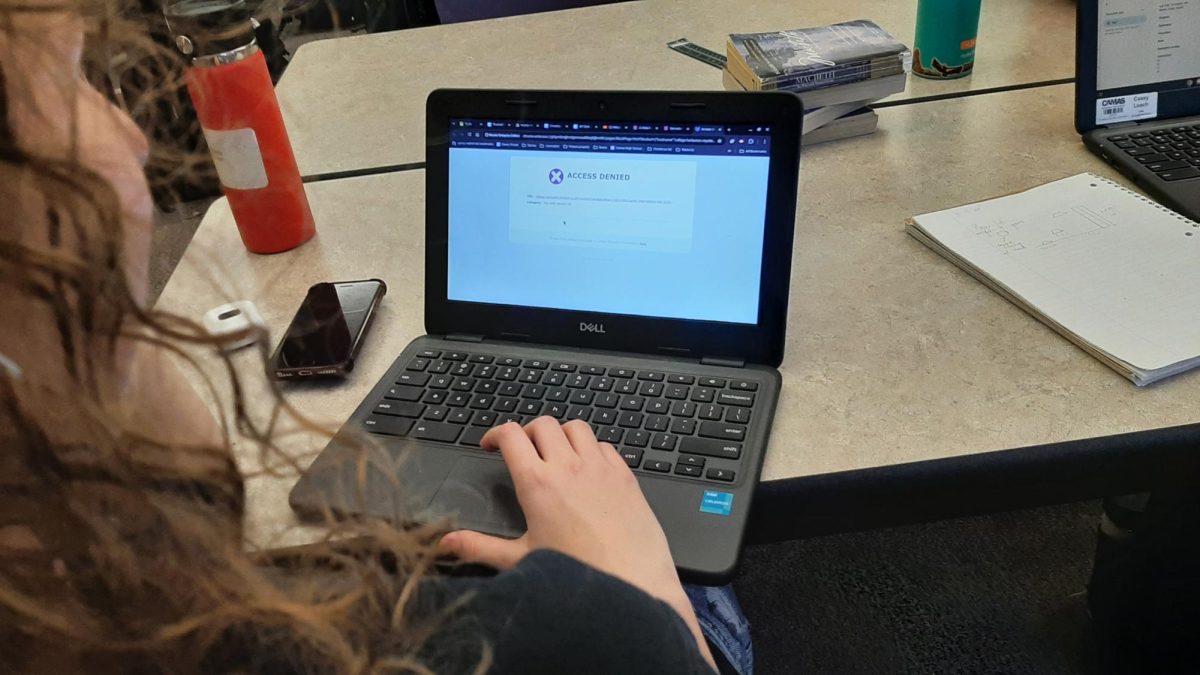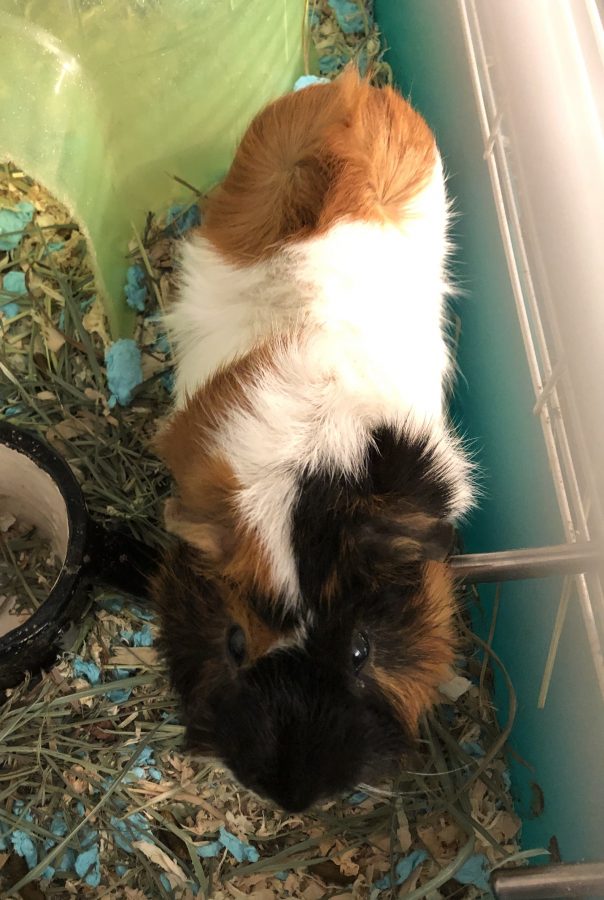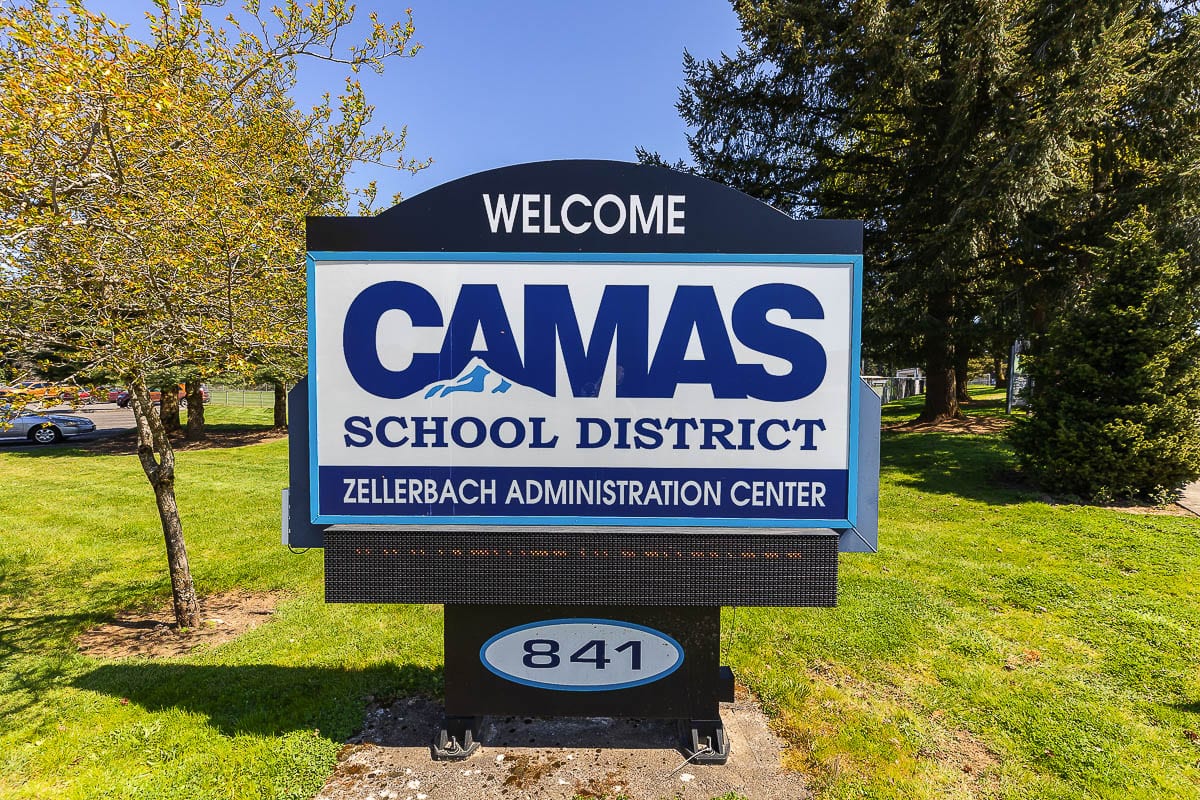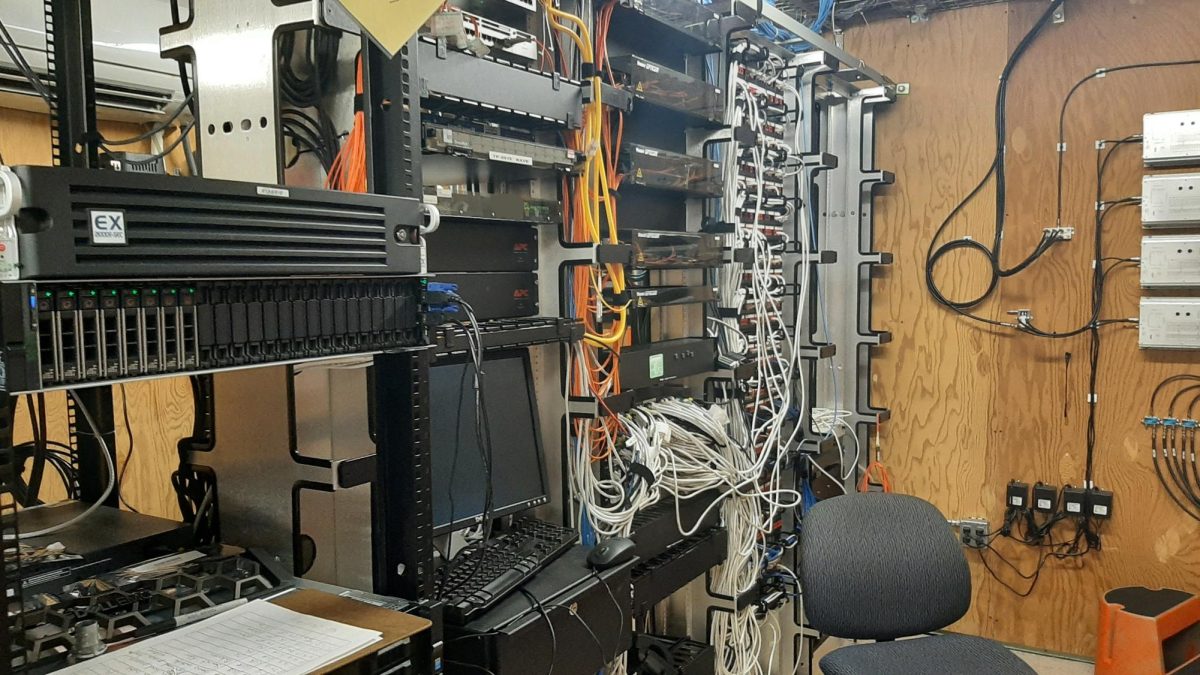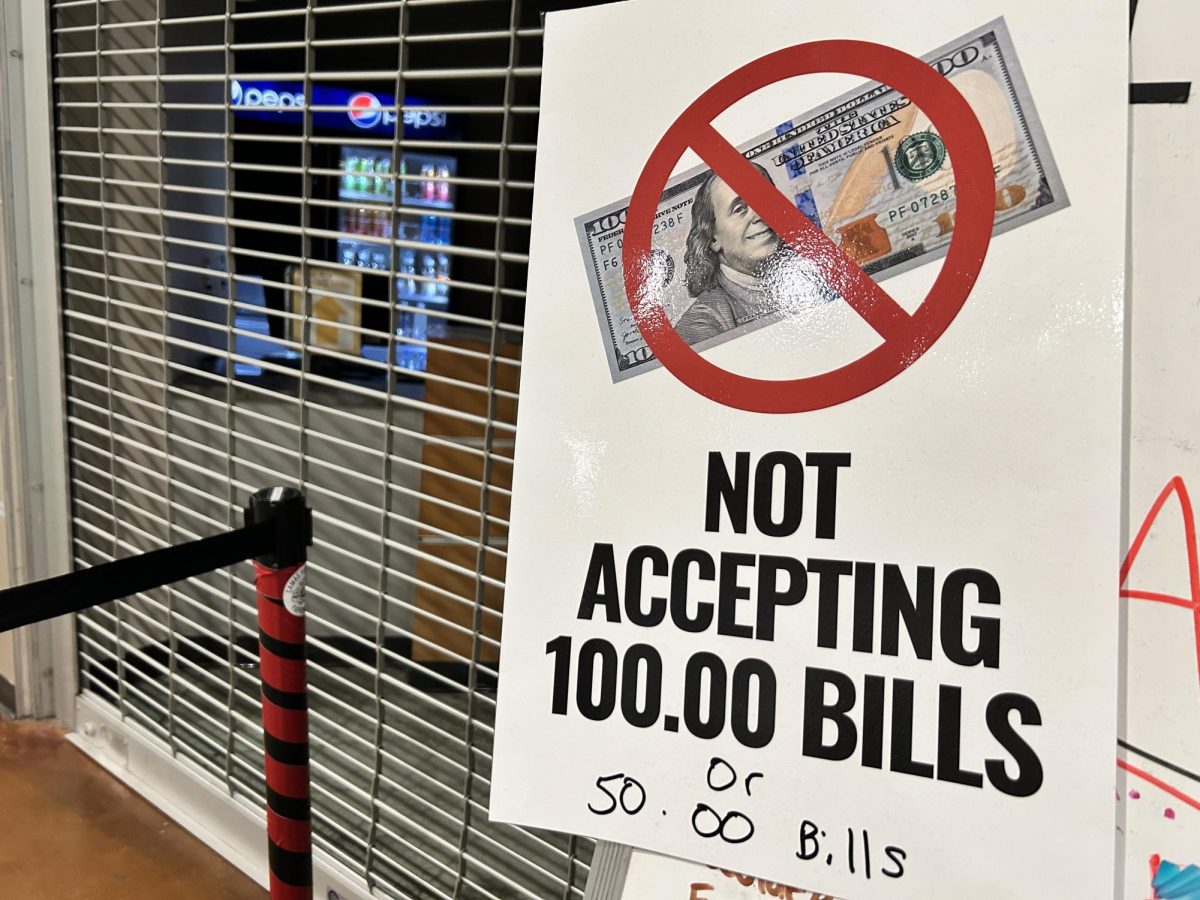Animals in school are the dream of many students at Camas High School, so why can’t students have them? It doesn’t say anything about them in the handbook so why aren’t there any? The reason they are not in the handbook is that CHSl is not required have to cover any rules that are already in the Washington State rule book.
 Class pets, on the other hand, are a completely different story. “As far as classroom pets, the district policy, there’s nothing against it unless there’s some form of allergy or problems with kids health.” Jennifer Dean, a teacher here at Camas, explained. Alongside the allergy and health issues, teachers must get approval from the school before bringing any animals into the classroom.
Class pets, on the other hand, are a completely different story. “As far as classroom pets, the district policy, there’s nothing against it unless there’s some form of allergy or problems with kids health.” Jennifer Dean, a teacher here at Camas, explained. Alongside the allergy and health issues, teachers must get approval from the school before bringing any animals into the classroom.
An additional rule to having class pets is, “there has to be an educational purpose to them.” Jennifer Dean added. This rule makes the pets an educational addition rather than just a class pet.
Aside from class pets, service animals are also allowed on campus. “Support animals are different than service animals,” Dr. Liza Sejkora explained. “A service animal helps students with a specific disability,” (blindness, diabetes, etc.). Support animals are harder to classify and are not allowed on campus because they do not meet some of the school’s requirements. “The crime deterrent effects of an animal’s presence and the provision of emotional support, well-being, comfort, or companionship do not constitute work or tasks.” the governing board policy website shares. The main difference between service animals and emotional support animals is whether or not they are trained for a specific task.
In the end, only working service animals are allowed on campus to help students with specific disabilities. Many of the regulations regarding animals on campus are not easily viewable, but with a little digging or by taking to the right person, students can find everything they need regarding animals on campus.














